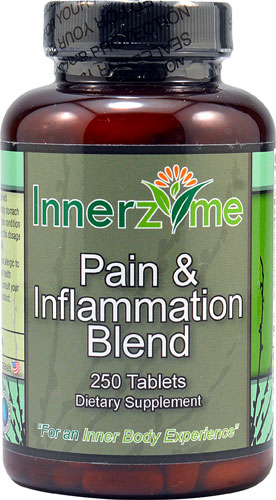Life is full of little aches and pains. We all occasionally stub a toe, burn a finger on the stove or strain a muscle when working out.
Chronic pain is more serious. It can rob you of the energy to work, socialize and engage in daily activities. This type of pain impacts everything from your ability to sleep to your day-to-day mood.
“If you’re feeling lousy, you’re not getting to do the things you need to do,” says Christin Veasley, co-founder and director of the Chronic Pain Research Alliance.
Fortunately, learning the right coping techniques can help most people cope with ongoing pain.
“Usually, people are able to identify things that will work for them over time,” she says. “You have to continue to be persistent and not give up.”
The different types of pain
Veasley says there are different types of pain. Most of us experience mild to moderate pain at some point in our lives.
“For people who sit at a desk all day long and are not super active, you’re going to start experiencing neck pain, back pain,” she says
Relieving this type of soreness can be as simple as developing a regular routine of stretching, or getting up from the desk and walking around more frequently.
More serious chronic pain – such discomfort associated with arthritis, fibromyalgia or temporomandibular disorders – presents a bigger challenge.
This type of pain can be difficult to control as it progresses, and may require ongoing treatment with medications.
“There are not a lot of natural things you can do to control pain after it’s progressed beyond a certain point,” Veasley says.
Partly because of our genetics, pain affects people in different ways. For example, in rare cases children are born with a genetic mutation that prevents them from feeling pain altogether.
“Other people have hypersensitivity to pain,” Veasley says. “It’s almost like their central nervous system is tuned up.”
Reducing chronic pain
Regardless of the type of pain you experience, pain management likely can help you to feel better and cope with pain’s impact. This type of palliative treatment will not abolish your pain, but it can reduce the severity of the discomfort you feel.
Applying heat or ice to painful areas of the body can help you manage symptoms. Stretching and massage offer the same limited – but significant – benefit.
Other ways to reduce pain include:
- Relaxation techniques
- Music therapy
- Water therapy
- Distraction therapy, such as watching television
“They simply help to make pain more tolerable,” Veasley says.
You also can take steps to prevent pain from flaring up. For example, Veasley says it’s important to pace yourself. Too often, people with pain try to do too much when they are feeling better.
Overdoing things on one day can set you up for a flare-up. ‘They end up kind crashing the next day,” she says.
Finding your approach to easing pain
The key to reducing chronic pain is to find techniques that work for you.
“It’s different for everyone,” Veasley says. “There’s not a ‘one size fits all’ approach.”
Veasley has experienced chronic pain ever since she was seriously hurt in a car accident at the age of 15.
“In my case, I’ve tried well over 30 medication and nonmedication therapies,” she says.
Today, she’s on three different types of medicines, undergoes weekly massage and sees a chiropractor regularly. Ice and heat therapy also play a role in helping her cope.
Other people with pain might respond better to a different pain management plan. Some might find that a pharmacological regimen is best, while others swear by meditation.
For many people, a combination of medications, nonpharmacologic treatments -- such as physical therapy or acupuncture -- and self-help coping techniques works best.
Studies also have found that people who have a good support network – whether family, friends or a support group – are better able to cope with pain’s impact on their lives, Veasley says.
Whatever approach you try, patience is required. “It can take weeks to months of experimenting,” to find the right approach, she says.
Overall, the goal is to develop a “tool kit of things that at any given time can help to reduce the severity of pain and better cope with its impact,” she says.




